Legion: Life in the Roman Army at the British Museum
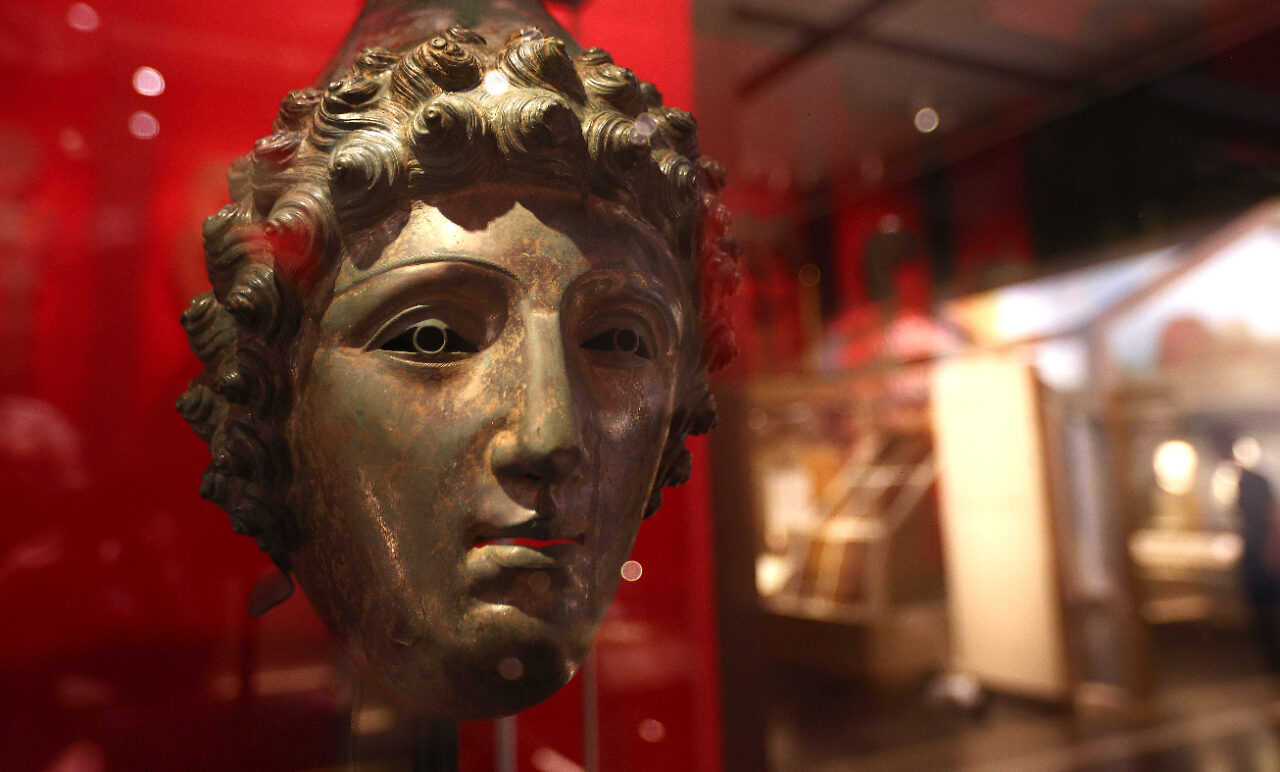
Legion has a haunting preface: as you enter the Sainsbury Wing, there is an image from Trajan’s column of soldiers in training. Unusually, one of them is turned to face us, as if staring down history. The exhibition uses this device of picking out one particular soldier to humanise the story of the most formidable military power that ever existed. Through Terentianus, a recruit from Egypt, we follow an extraordinary, methodical journey from recruitment to training to battle to life in a fort.
Recruits had to see out the 25 years of service to retire with all the benefits offered: a retirement payment and a good name to pass on, and, most desirable of all, citizenship. There was a 50% chance of living to the end of your service – those are not good odds. Many of the exhibits are carvings from the graves of soldiers who died before 30 either in battle or from the diseases caused by the unsanitary living conditions. However, it was clearly a risk many deemed worth taking.
The set-up of the army was ingenious and almost guaranteed success. In order to join, you had to be at least five foot seven – tall for ancient times – and needed references and enough money to pay for your kit and a space in the tent you would share with seven other men. Like their language and society, the Roman army was highly structured but, as shown here, it was also pervaded with injustice. Terentianus had a weapon stolen from him by one of his superiors. That ruthless attitude may have spurred on the soldiers when pillaging a conquered city: mercy is unlikely from soldiers who know that their own superiors would betray them without hesitation. One of the most unsettling artefacts here is a marble statue of an enslaved “barbarian”, the anguish on his face forever written in stone.
The exhibition is designed in austere and dark colours, reds and blacks, with a white light running through the centre of the floor. There are many amazing artefacts collected to marvel at: a ferocious giant marble guard dog; horse armour; crocodile skin armour; the only fully intact shield ever found; and four skeletons of people who met various gruesome ends. The texts are well written, providing a lot of information in a small space, and the curators enlisted Terry Deary of Horrible Histories to provide a child-friendly commentary through the character of Rattus, alongside the adult one, which is fun.
The exhibition is immersive and conjures its subject up well, from every angle. There is an eeriness to it and it could leave you wondering to what extent European and world history was affected by such an all-encompassing, brutal dominant force in its past.
Jessica Wall
Legion: Life in the Roman Army is at the British Museum from 1st February until 23rd June 2024. For further information visit the exhibition’s website here.




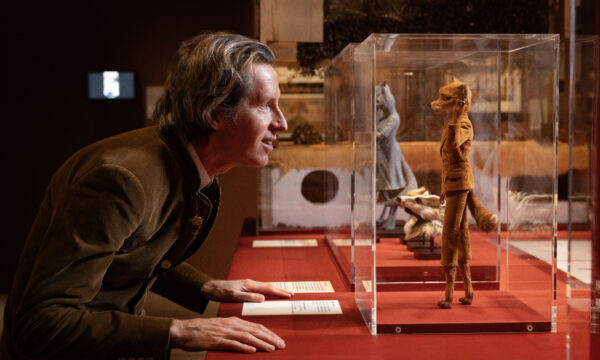

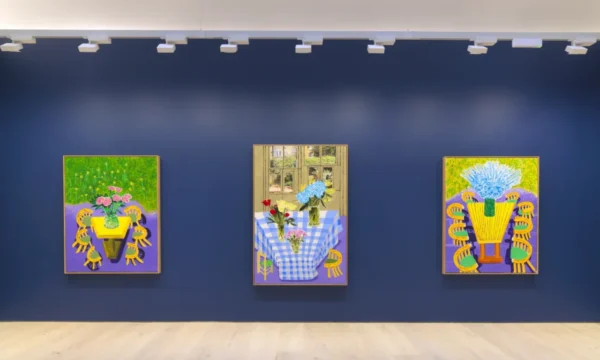

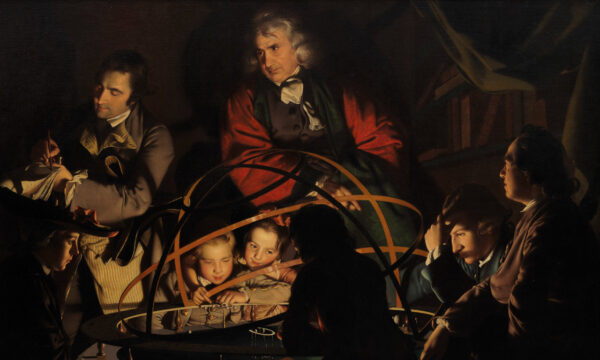
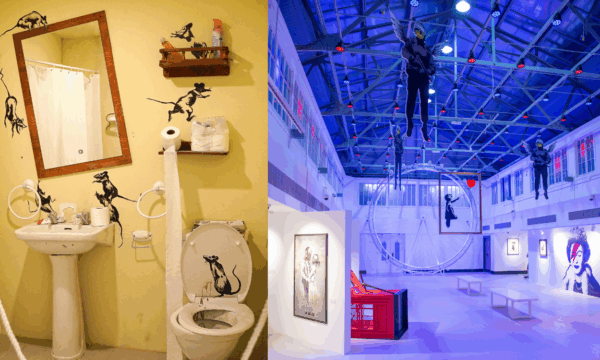















Facebook
Twitter
Instagram
YouTube
RSS